With the new Vancouver building code increasing the insulation requirements we have to move to some newer wall assemblies in order to achieve the requirements. The biggest change is going from the word “Nominal to Effective” in the exterior walls, while it’s only 1 word difference the change is drastic. To clarify “Nominal” means that if the batt of insulation is R22 than you meet the requirements of R22. “Effective” means that the entire wall assembly must meet the R22. So of course where there is no insulation ie the studs we are much lower than the required R22.
There have been quite a few ways that people have been saying it works however Vancouver has recently announced that after studying it some of those ways are not actually achieving the required results and are therefore not being allowed. What seems to be one of the best ways is to split the insulation between regular batt insulation in the stud cavities and a almost continuous insulation on the outside, this exterior insulation stops the thermal bridging occurring at the studs and achieves the desired results. So for the above grade assembly we can have a regular 2×6 exterior wall that is filled with batt insulation, then on the exterior of the sheathing we can apply a 1.5″ of rigid or semi rigid insulation and our rainscreen is applied on top of this.
This insulation can get wet so if any water reaches this part of the wall it will simply drain out and eventually dry. This does create some detailing issues with the exterior and all of the windows need to be installed outside of the insulation as well as all other penetrations need to be blocked out to the outside as well. Another advantage of this system is we are creating a more stable temperature inside the home which of course will be more comfortable to the occupants and requires less heating and cooling throughout the year which will use less energy. Vancouver is not offering any exemptions for space so the building will have less usable space.
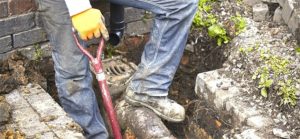

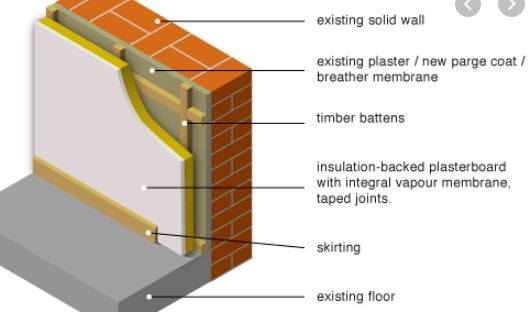
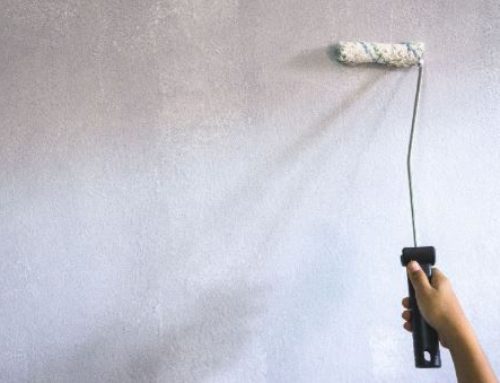
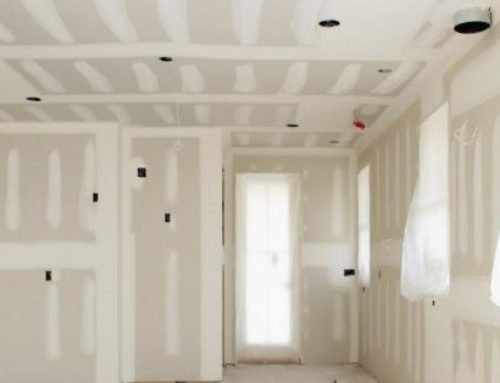
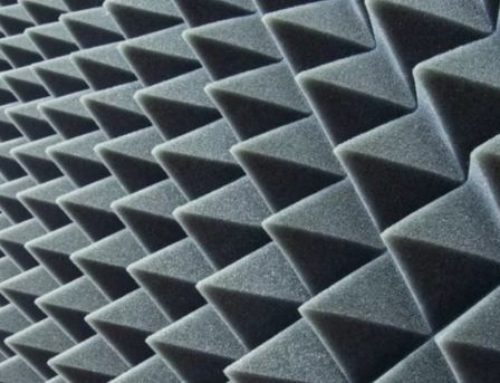
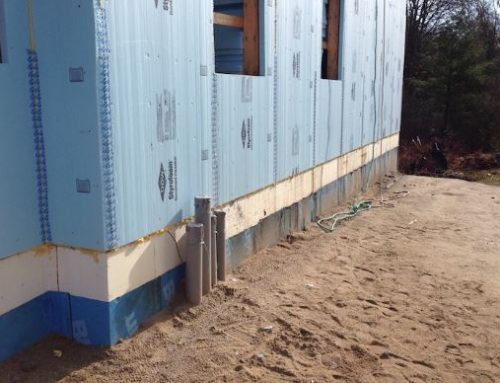
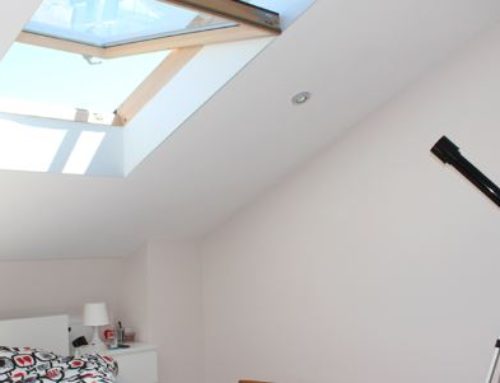
Leave A Comment